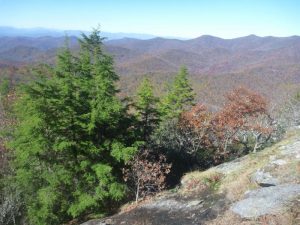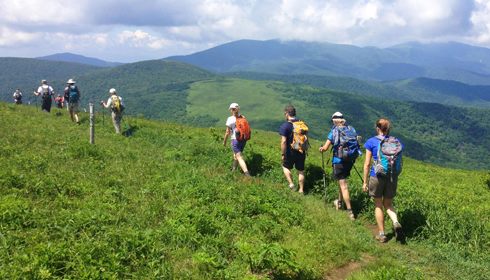Eastern Tiger Swallowtail (Papilio glaucus) A study in protective mimcry
May 2017 Nature Notes contributed by BRNN Membership Director Charlotte Caplan
We’ve all seen this iconic butterfly. Its striking forewing markings – black stripes over a yellow ground – shriek “look at me!”. You can see the males on any spring or summer day cruising along woodland trails and other forest openings looking for the shyer females. Protective mimicry – NOT!
Well not in the adult males & most females, but in all other phases of its life cycle this species shows remarkable variety in its repertoire of defensive mimicry.
- Male (approx. life-size) Open source
- Female © Lynette Elliott









